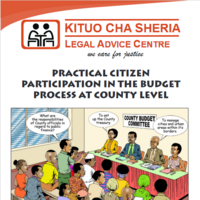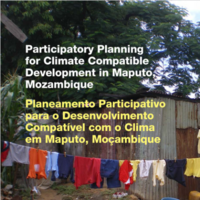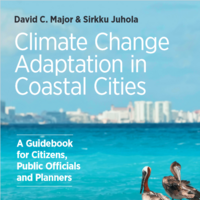Search
Books+
Searching 1,730 books
Search related to the career Land Use Planner
Responsibilities of a Land Use Planner:
1. Research and Analysis: Conduct research and analysis on various factors related to land use, such as zoning regulations, environmental impact assessments, population growth, and infrastructure development.
2. Land Use Planning: Develop and implement land use plans and policies that align with community goals, economic development, and environmental sustainability. This involves considering factors like transportation, housing, parks, and commercial areas.
3. Zoning and Permitting: Review and evaluate zoning applications, building permits, and development proposals to ensure compliance with land use regulations and policies. Provide recommendations and guidance to developers, property owners, and government officials.
4. Public Engagement: Facilitate public meetings, workshops, and hearings to gather input from community members, stakeholders, and interest groups. Collaborate with residents and organizations to address concerns, incorporate feedback, and build consensus on land use decisions.
5. Environmental Assessment: Assess the environmental impact of proposed land use projects and develop strategies to mitigate any negative effects. Consider factors like air and water quality, wildlife habitats, and natural resource conservation.
6. Collaboration and Coordination: Collaborate with various stakeholders, including government agencies, community organizations, architects, engineers, and developers, to ensure coordinated and sustainable land use planning. Coordinate with other departments to integrate land use plans with transportation, infrastructure, and economic development initiatives.
7. Policy Development: Contribute to the development and revision of land use policies, regulations, and ordinances. Stay updated on emerging trends, best practices, and legal requirements related to land use planning.
8. Data Analysis and Mapping: Collect, analyze, and interpret data related to land use, demographics, and economic trends. Utilize Geographic Information Systems (GIS) and other tools to create maps, visualize data, and support decision-making processes.
9. Impact Assessment: Evaluate the potential social, economic, and environmental impacts of proposed land use changes. Consider factors like traffic congestion, affordable housing availability, economic growth, and community well-being.
10. Long-Term Planning: Develop long-term strategies and visions for land use that align with sustainable development principles. Consider future growth projections, climate change impacts, and resilience planning.
11. Regulatory Compliance: Ensure compliance with local, state, and federal regulations related to land use planning, zoning, and environmental protection. Stay informed about changes in regulations and adapt planning strategies accordingly.
12. Reporting and Documentation: Prepare reports, presentations, and documentation to communicate land use plans, recommendations, and findings to government officials, community members, and stakeholders.
13. Professional Development: Stay updated on industry trends, attend conferences, and participate in professional development activities to enhance knowledge and skills in land use planning.
14. Advocacy: Advocate for sustainable and equitable land use practices that promote social, economic, and environmental well-being. Engage in discussions and initiatives related to smart growth, affordable housing, historic preservation, and community revitalization.
15. Project Management: Manage and oversee land use projects from initiation to completion, ensuring adherence to timelines, budgets, and quality standards.
These responsibilities may vary depending on the specific role, organization, and jurisdiction of the land use planner.
Source: Various AI tools
Searched in English.














